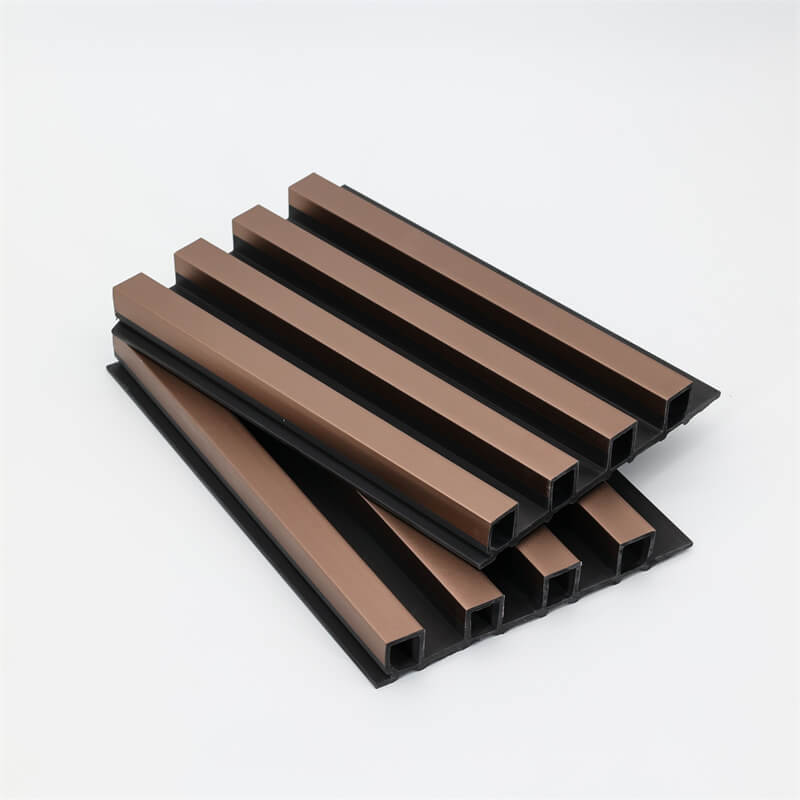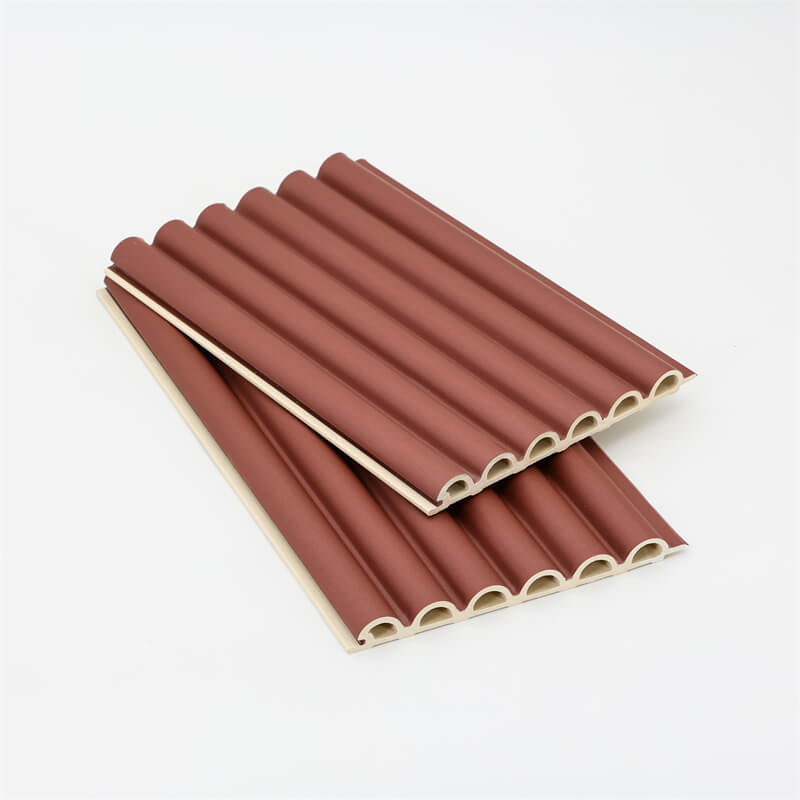
In the pursuit of sustainable design and construction practices, incorporating eco-friendly materials is paramount.
WPC (Wood-Plastic Composite) panels have emerged as an innovative solution that not only offers aesthetic appeal and durability but also contributes to a greener future.
These panels are made from a blend of recycled wood fibers or flour and recycled thermoplastics, providing a sustainable alternative to traditional materials.
In this article, we will explore the benefits of using WPC panels for creating eco-friendly spaces, covering their environmental impact, energy efficiency, indoor air quality, and recyclability.
I. Reduced Environmental Impact
Recycled Materials, One of the primary benefits of WPC panels is their use of recycled materials.
The wood component is typically sourced from recycled wood fibers, sawdust, or agricultural by-products.
The thermoplastics used in WPC panels are often derived from recycled plastic products, such as bottles or packaging materials.
By utilizing these recycled materials, WPC panels help reduce the demand for virgin resources and minimize waste sent to landfills.
The use of recycled materials in WPC panels contributes to a more sustainable construction industry by reducing resource extraction and minimizing the environmental impact associated with manufacturing processes.
Lower Carbon Footprint, The manufacturing process of WPC panels involves lower energy consumption compared to traditional materials, resulting in a reduced carbon footprint.
The use of recycled materials and the energy-efficient production process help minimize greenhouse gas emissions and contribute to a more sustainable and environmentally friendly choice.
Choosing WPC panels over materials that have higher energy requirements and carbon footprints can significantly reduce the environmental impact of construction and design projects.

II. Energy Efficiency
Insulation Properties, WPC panels offer inherent insulation properties, contributing to energy efficiency in buildings.
The composition of wood fibers or flour and thermoplastics provides a natural barrier against heat transfer.
This insulation helps regulate indoor temperatures, reducing the need for excessive heating or cooling, and subsequently lowering energy consumption.
The thermal efficiency of WPC panels can help create energy-efficient spaces that require less reliance on artificial heating or cooling systems, resulting in reduced energy costs and environmental impact.
Reflective Surfaces, WPC panels with lighter colors or reflective finishes can further enhance energy efficiency.
These panels have the ability to reflect sunlight rather than absorbing it, reducing heat buildup and minimizing the need for cooling systems.
By choosing WPC panels with reflective properties, designers can contribute to energy savings and create more comfortable and sustainable indoor environments.
III. Indoor Air Quality
Low VOC Emissions, Volatile Organic Compounds (VOCs) are chemicals that can be emitted by various building materials and furnishings, negatively impacting indoor air quality.
WPC panels offer the advantage of low VOC emissions, enhancing the overall indoor air quality of spaces where they are used.
WPC panels do not release harmful toxins or odors into the air, ensuring a healthier and more comfortable environment for occupants.
This is especially important in enclosed spaces such as homes, offices, and educational institutions where people spend a significant amount of time.
Mold and Mildew Resistance, Moisture resistance is a notable characteristic of WPC panels, which helps prevent the growth of mold and mildew.
Mold and mildew can adversely affect indoor air quality and pose health risks to occupants.
By using WPC panels, designers can create spaces that are resistant to moisture-related issues, ensuring a cleaner and healthier indoor environment.

IV. Recyclability and Life Cycle Assessment
Recyclability, WPC panels are recyclable, making them a sustainable choice for construction and design projects.
At the end of their useful life, WPC panels can be recycled and used as a raw material for the production of new panels or other plastic-based products.
This closed-loop recycling process contributes to the circular economy and reduces waste sent to landfills.
By selecting recyclable materials like WPC panels, designers can actively participate in a more sustainable and environmentally conscious approach to construction and design.
Life Cycle Assessment, Life Cycle Assessment (LCA) is a methodology that evaluates the environmental impact of a product throughout its entire life cycle, from raw material extraction to disposal.
WPC panels have been subject to LCAs, which have consistently shown their favorable environmental performance compared to traditional materials.
LCAs consider factors such as energy consumption, resource depletion, greenhouse gas emissions, and waste generation.
The positive results from these assessments reinforce the eco-friendly nature of WPC panels, highlighting their contribution to sustainable spaces.
Creating eco-friendly spaces is a responsibility that designers and builders should embrace.
By incorporating WPC panels into construction and design projects, numerous environmental benefits can be achieved.
The use of recycled materials, lower energy consumption, energy efficiency, improved indoor air quality, and recyclability make WPC panels a sustainable choice.
Designers have the opportunity to create beautiful and environmentally friendly spaces by leveraging the benefits of WPC panels.
By embracing the eco-friendly attributes of this innovative material, we can contribute to a greener future and inspire others to prioritize sustainability in their own construction and design endeavors.
